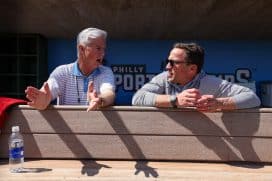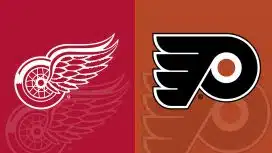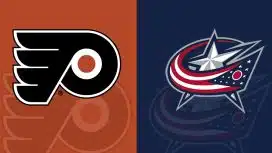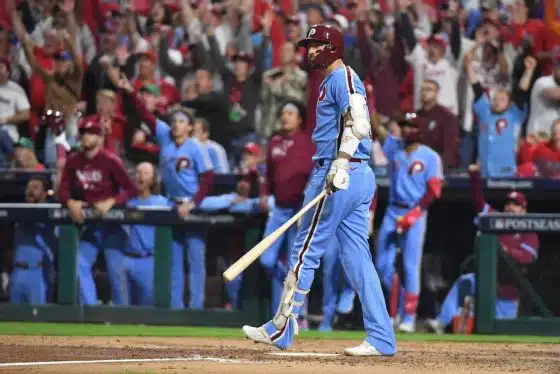Writer: Kevin Durso
Into the Sunset: If this was it, it was Hollywood ending for Hamels
When Cole Hamels took the mound on Saturday afternoon in Chicago, there were many storylines.
It could the last time Hamels pitches in a Phillies uniform. However, in his last two starts, he struggled. Was something wrong with the left-hander? Was he hurt? At the same time, scouts from across the league would be out in droves again to see what Hamels was going to do this time, his final start before next Friday's trade deadline.
And what happened next was historic. It was also like something straight out of a Hollywood script.
Hamels threw the 13th no-hitter in franchise history, backed by two catches by Odubel Herrera and 13 strikeouts.
For the pitcher who delivered so many memories, there was no better way to go out.
This is not the first time rumors have swirled around Hamels. He's been here in the previous few seasons as the Phillies fell from baseball's mountaintop to the cellar.
Hamels entire career, from his first start in 2006 to his no-hitter on Saturday, has been a part of the rise and fall. Hamels was a part of all five division championships. He was the key cog to a World Series champion in 2008, winning the MVP of both the NLCS and World Series. In 2009, as the team made a return trip to the World Series, Hamels didn't look close to the same.
He's been a part of dynamic rotations – paired with the likes of Cliff Lee, Roy Halladay, Roy Oswalt and Pedro Martinez. He's been a part of two no-hitters – Saturday's on his own and a combined no-hitter last September that also featured Jake Diekman, Ken Giles and Jonathan Papelbon.
For Hamels, now 31 and in his 10th season, Saturday's start with the 293rd of his career. It was his 113th win.
There's no telling where Hamels will make his next start, which is currently scheduled for Friday at home against Atlanta just hours after the deadline.
But in what was widely speculated to be his final start as a Phillie, Hamels went out like a hero. He went out like the champion he was in 2008. He went out the way Phillies fans will always remember him.
His previous two starts didn't show the true colors of Hamels – the competitor, the ace, the dominant lefty. This showed that and then some. And with the help of a rookie outfielder, Hamels completed the feat that so many believed he was always capable of achieving.
Instead of fading to black and into the darkness of this hellacious era of Phillies baseball, Hamels provided the spark and magic that highlighted the glory years of an era that Hamels will be remembered for and helped build.
He went out on top, surrounded by teammates, with an ending that was fitting for Hollywood.
Kevin Durso is editorial assistant for Philliedelphia. Follow him on Twitter @Kevin_Durso.












































